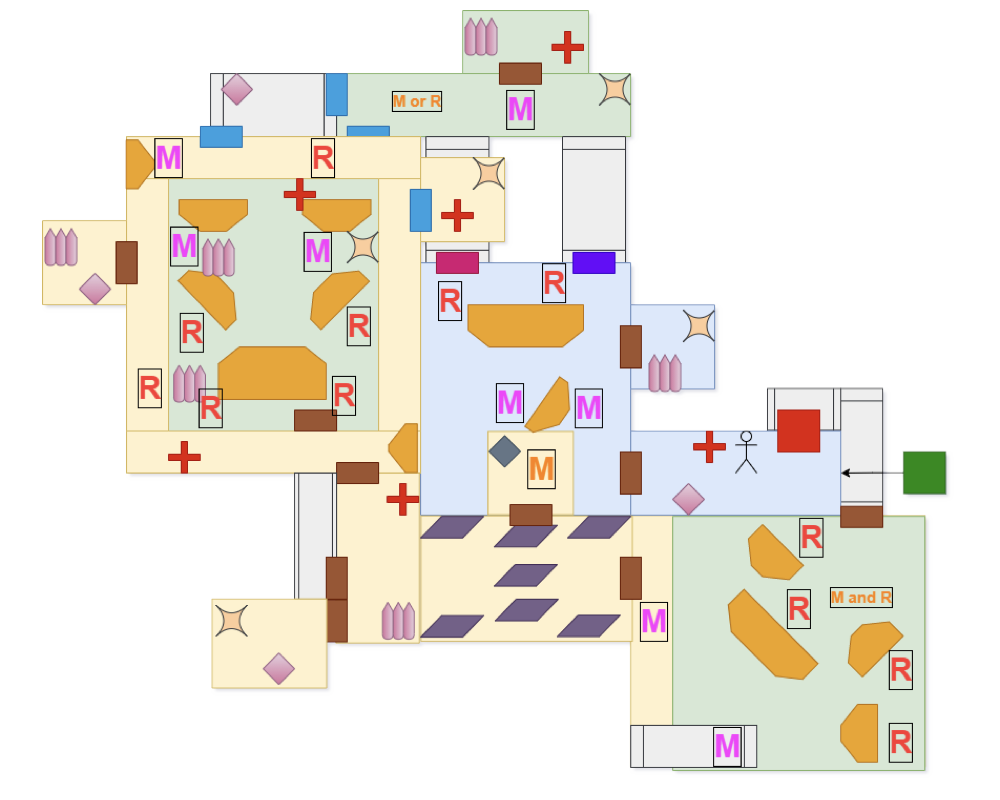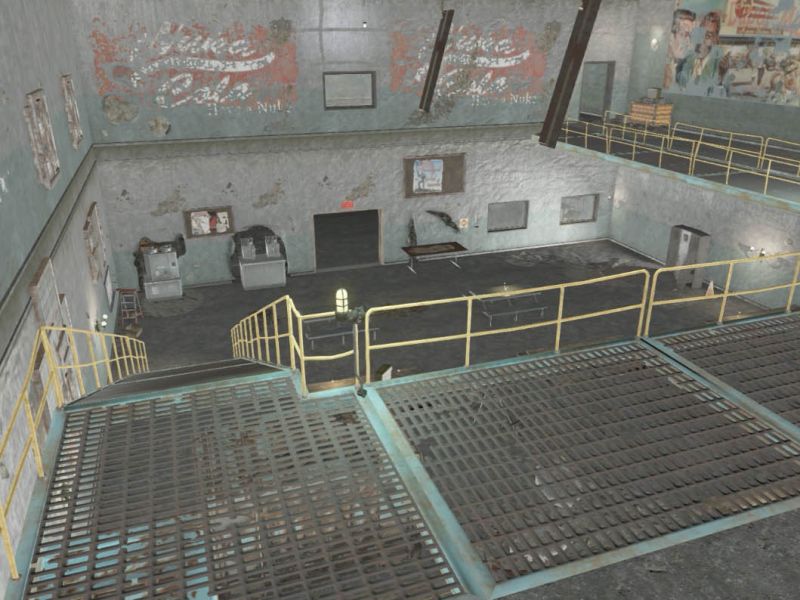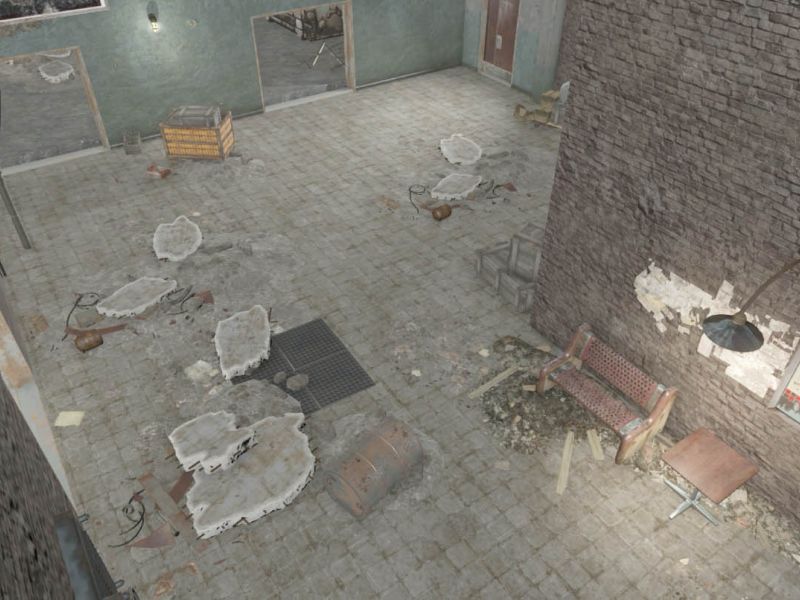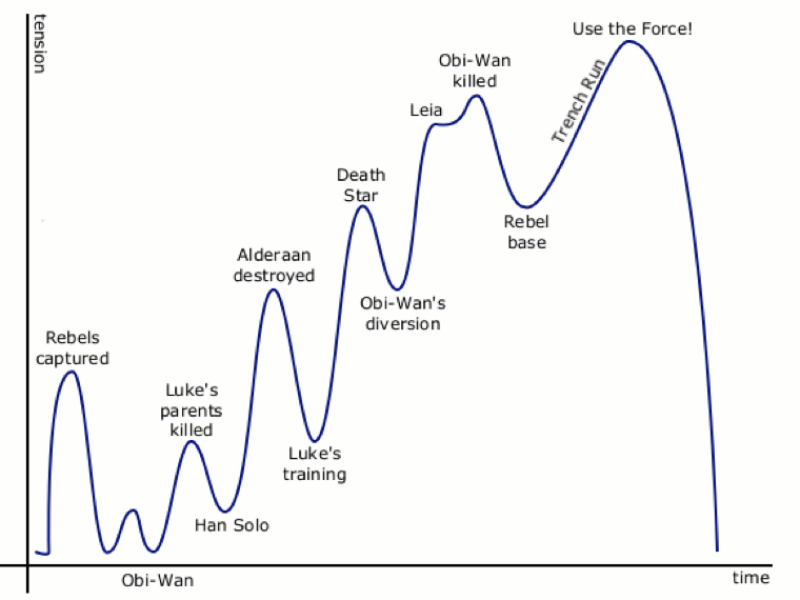Master’s Thesis
Applying a Quantitative framework to affect pacing in FPS games
Under Construction
Goals:
-
Create a DDA that scales to both unskilled and skilled players
-
Make the player feel like every choice matters throughout the dungeon
-
See if I can map the traditional 3-act pacing curve 1:1 to a dungeon in Fallout 4.
Development Challenges & Solutions:
-
I decided to use a “Training Policy” where the system would intervene when the player reached 50% health or lower in any of the rooms.
-
This allowed me to create a binary system where the difficulty is either going up or down.
-
I then had an array of 10 bad guys. If the difficulty increased, the maximum number of enemies would be 6 bad guys and I would do an RNG calculation between 2-6 to spawn n number of bad guys.
What Went Well
I was able to achieve meaningfully different levels of pacing despite the varying skill levels of participants.
I am happy with the implementation of the training policy and the binary “difficulty up or down” solution.
What Went Wrong
I did not prove my hypothesis. The more I tried to make the DDA scale, the more hand tuning it required, which runs counter to what I set out to do.
This type of DDA implementation (hinging on performance) negatively impacts Explorers and Socializers. It also skewed my results.
I did not have a control group and told the player when the difficulty was going up or down. I think this warped some perceptions of the true difficulty.
What I Learned
I learned how to spawn items en masse via Enable Parent and/or Linked References. Despite requiring some hand placement, it was still a valuable workflow.
Always have a control group and consider the impact of the Observer Effect.






